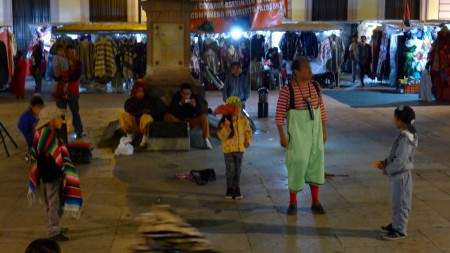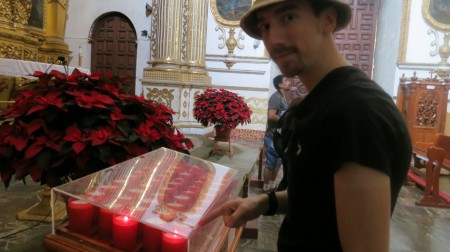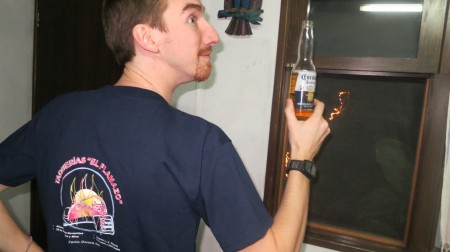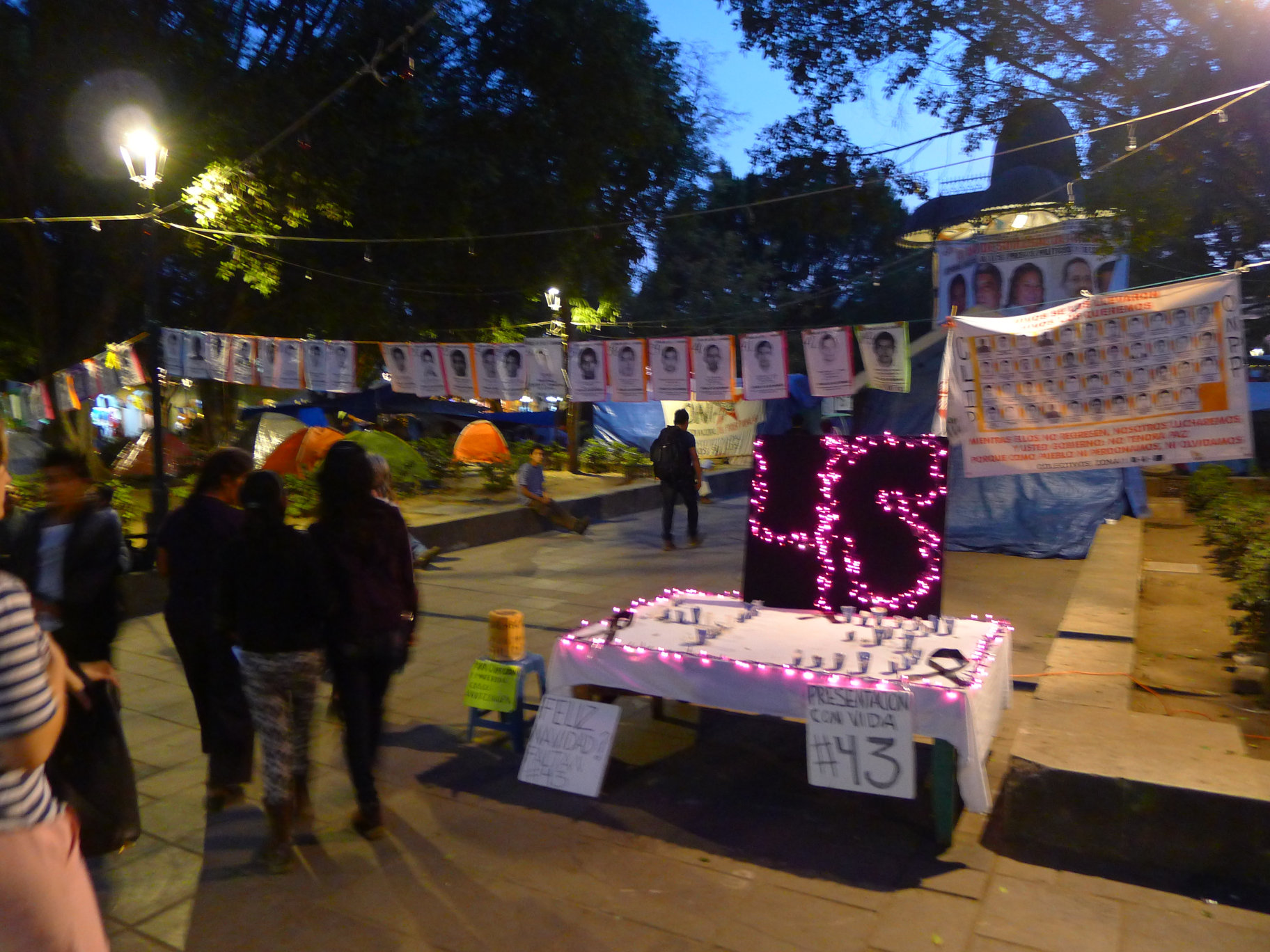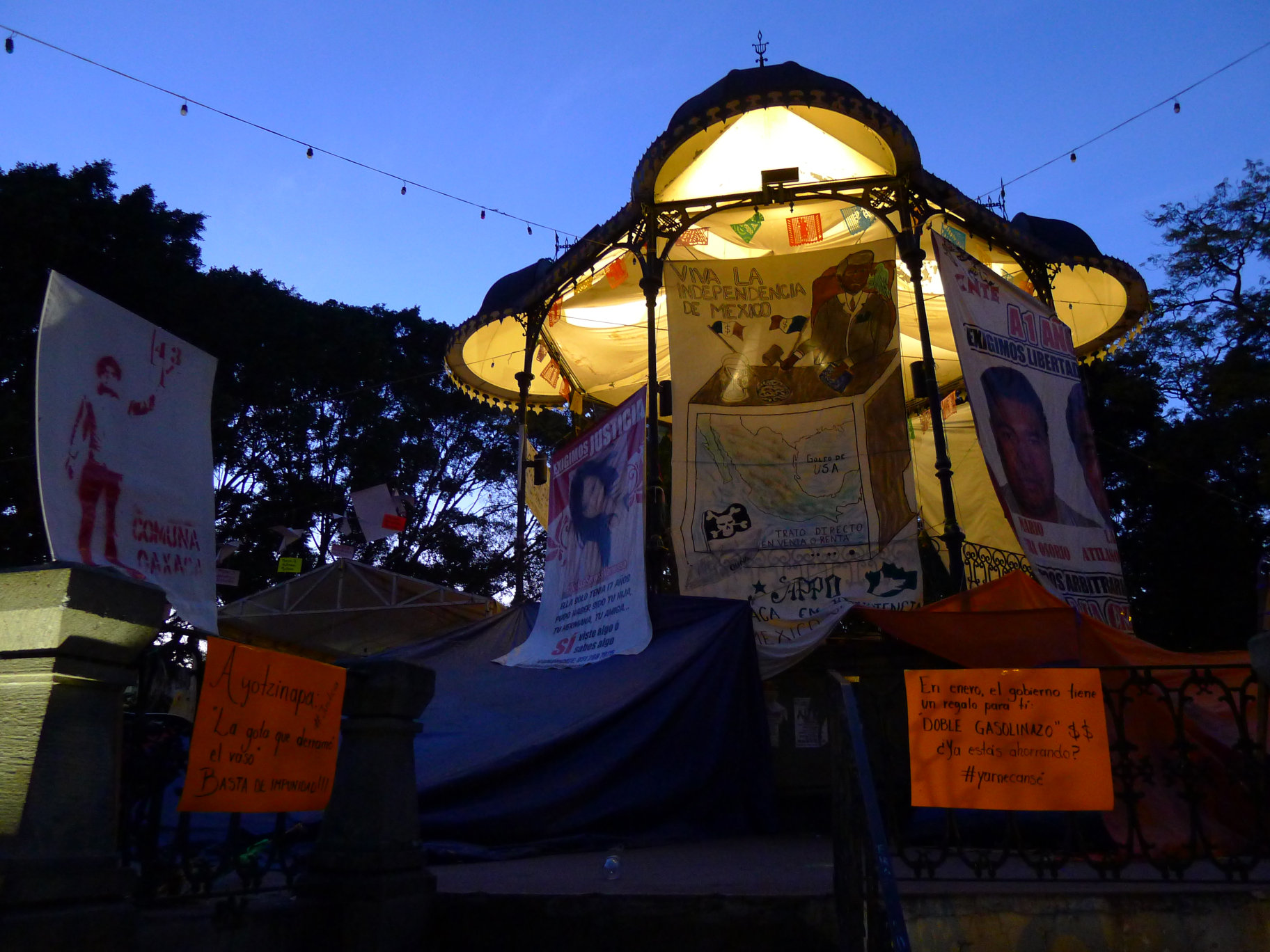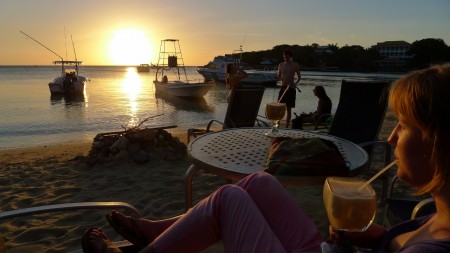It’s going to be hard leaving the tranquil jungle of La Fortuna, our hotel on Lake Atitlan, behind tomorrow. We really lucked out with Christine finding them on Trip Advisor and them having a few rooms available at low season prices. I’m sitting on the porch of one of their bungalows right now, looking into a small cluster of coffee bushes and beyond that, the under-construction new “Big Bungalow” and then finally, the lapping waters of the lake itself. We’ll be leaving tomorrow morning back south for a night in Antigua, one of the most touristy sections of the country.
To be honest, at first I didn’t think I’d be able to write any more for the duration of this trip – moments after I completed the previous blog entry, my computer went dead and I was unable to power it back on – it merely would throw up an error message that said it couldn’t find any boot devices and then demand to be restarted. I grudgingly admitted defeat that evening, as we left around 10am from our hotel in Guatemala City, Dos Lunas, and I didn’t have time to work on it. We had an entire full-sized van to ourselves – our driver, Reyneido, estimated that it would take us about 3 hours to arrive at Panajachel, the “gateway village” to the rest of the lake. I asked him why it would take so long when Google Maps estimated two hours, and he said something about robberies and rapings and various other bad stuff if you don’t use the most well-travelled, well-guarded routes. Looking out the windows, I saw that every barrio/neighborhood had barbed wire, sometimes electrified around the entrances, and at the outside of every bank stood one or two men with shotguns – gas stations too (at the prices they were charging; $5 a gallon, I’d want to rob one too). Christine reminded me that this wasn’t the safest of countries to be in. Three hours seemed fine to me!
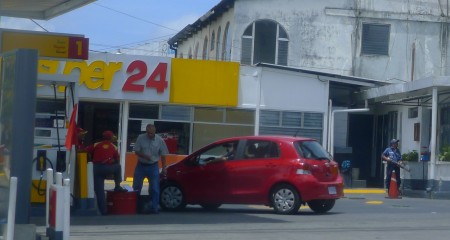
Don’t mess with Guatemalan gasoline.
Around three hours later and a van-transfer later, we were unceremoniously dumped near the dock in Panajachel, where we were immediately swarmed by private boat drivers who quickly told us that there was no public-fare boat to La Fortuna, an eco-lodge that is pretty much completely cut off from the rest of the world by land. Christine, of course, spoke rapid Spanish to the men down on the dock itself, and of course we found a public boat right away, for a tenth of what the drivers up near the drop-off point were shouting at us.
I’ll let the photos I took of the La Fortuna lodges speak for themselves. It’s one of the prettiest places I’ve ever been, and the fact that it’s so quiet, tranquil, and cut off from the world (yet still with wireless internet!) makes it heaven on earth for me. Kat and Steve, the owners, have three dogs and of course Christine was ready to pet and play with them as much as possible. I couldn’t believe that Steve and a few of his Mayan-Guatemalan employees were able to make 2 mile long trail through the jungle behind the bungalows just with machetes, flat rocks, and wooden stakes driven into the dirt. I was told this place used to be an old coffee finca (farm/plantation) and that they still make about a thousand pounds a year of the stuff and serve it to their guests. It’s quite tasty; I’m drinking a cup of it with panela brown sugar right now.
Photos on Google+ (upload speeds from here to my website are pretty weak, so this is easier)
Yesterday, we climbed the trail behind the lodge up the side of the mountain at 5 in the morning to see sunrise on the lake with the volcano, Toliman, looming across the lake from us. Kat and Steve’s employees, cute and shy young Mayan women from the villages around the lake, served us breakfast at the bungalow when we returned – although it’s hard to hear them quietly say “Hola? Hola?” outside the door sometimes! We Americans are more used to the brusque “housekeeping!!” when we travel, I guess – there’s no missing that. No “do not disturb” tags for the doors yet; La Fortuna has only been around for a year and a half so I’m sure they’re still ironing out the last bits, even as they construct a massive bungalow right on the lakefront that will eventually contain a lounge, office, game room, and a communal place to eat that isn’t your bungalow.
We spent the rest of the day visiting a few of the numerous small villages that ring the lake – first back to Panajachel to use their most-numerous ATM’s (thanks, Charles Schwab bank account, for reimbursing me for all international ATM usage fees – otherwise I’d be in the hole an extra $20 due to withdrawal fees by now!) and then to San Pedro, the most touristy village, across the lake, for 25 quetzels (the local currency) per person. We met a couple of Americans on the boat ride over who were trying to learn spanish on the cheap at some of the numerous language schools (usually charging $130-160 per week for lessons) in the village. There was an animal rescue shelter with a friendly Canadian who implored me to send any veterinarians I knew to the area, as she could really use the help (we both gave her money instead), and we ate lunch at a place named “Smokey Joe’s BBQ” that seemed to be filled with nothing but tattooed young Americans and Europeans. Smokey Joe and his wife were a raucous middle aged southern USA couple who hollered out people’s names and slid over plastic trays covered in burgers and the “backpackers special” – a burger filled with three or four kinds of smoked meats.
After lunch, it started to rain and we caught a cheap tuk-tuk (looking identical to the ones in India) to the next town over, San Juan, with an affable young driver. Christine pointed out to me that all of the Mayan-Guatemalans we’d met so far were rather quiet, subdued people who had a very relaxed air to them – even the children, when playing, just seemed to smile and shout in a quiet way. We bought some textiles in San Juan, but it was much less touristy than San Pedro and perhaps due to that, and the rain, almost everything was closed. Although we’d been told to haggle everything here, the elderly woman in the shop wasn’t willing to budge much, even for a bulk purchase of four or five items – just because they were quiet didn’t mean they weren’t resilient!
Continue reading this post…

